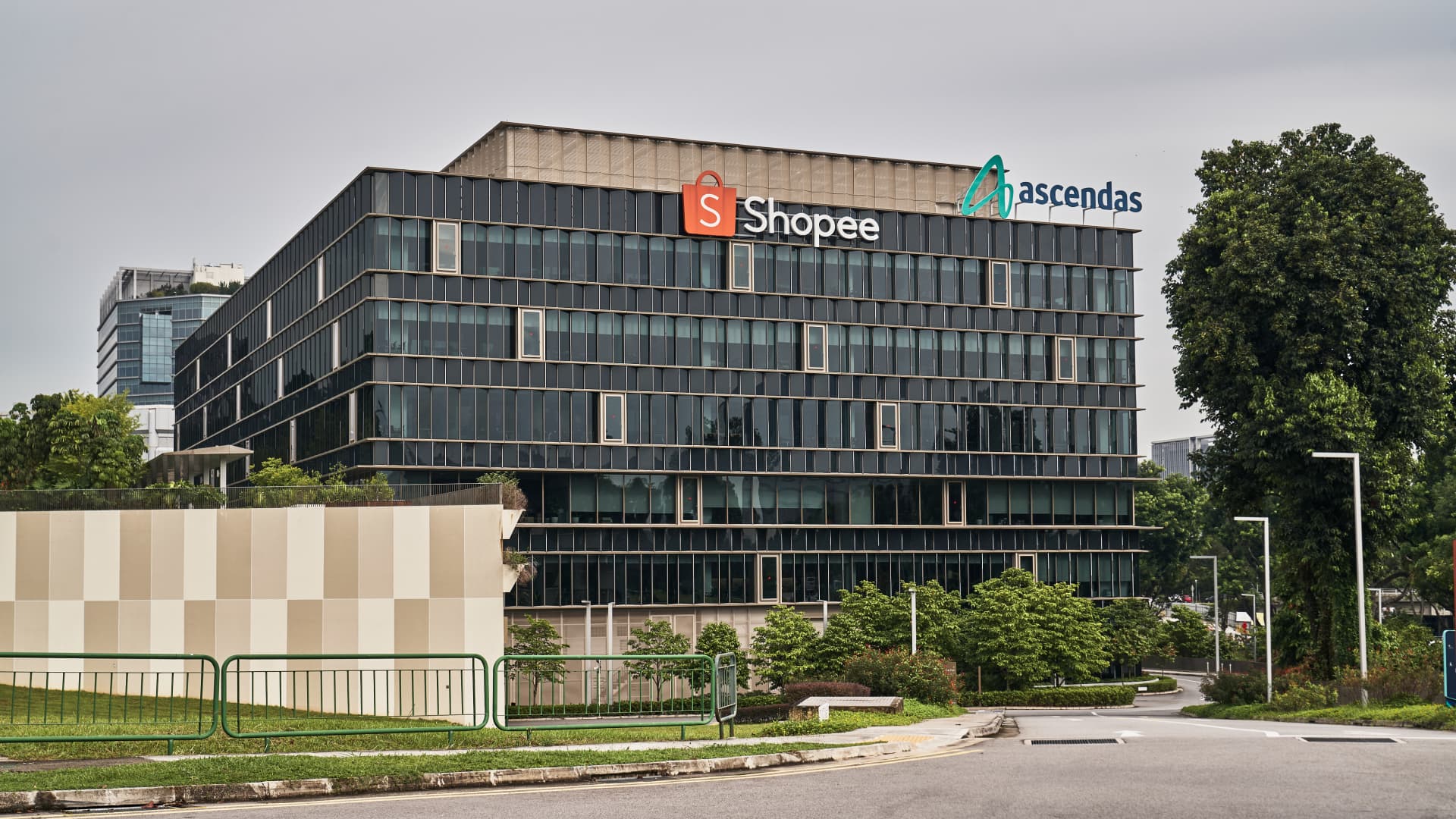The company’s Annual Premium Equivalent (APE) is expected to rise between 1% and 22% YoY, according to estimates from five brokerages. Forecasts for LIC’s Value of New Business (VNB) also vary widely.
The estimates from YES Securities, Motilal Oswal Financial Services (MOFSL), Kotak Institutional Equities, JM Financial, and Antique Stock Broking have been considered.
Profit After Tax (PAT)
- MOFSL: Rs 10,954 crore, up 5% YoY and down 42% QoQ
- JM Financial: Rs 10,984 crore, up 5% YoY and down 42.2% QoQ
Despite YoY improvement, PAT is projected to decline QoQ due to reduced investment income and a high base in Q4 from exceptional performance.
APE Estimates
- YES Securities: Rs 14,078 crore, up 22% YoY and 25% QoQ
- MOFSL: Rs 12,228 crore, up 6% YoY and down 35% QoQ
- Kotak Equities: Rs 11,677 crore, up 1% YoY and down 38.1% QoQ
- JM Financial: Rs 11,964 crore, up 3.5% YoY and down 78.9% QoQ
- Antique Broking: Rs 12,020 crore, up 4% YoY
VNB Estimates
- YES Securities: Rs 2,006 crore, up 25% YoY and 43% QoQ
- MOFSL: Rs 1,956 crore, up 22% YoY and down 45% QoQ
- Kotak Equities: Rs 1,743 crore, up 8.3% YoY and down 50.7% QoQ
- JM Financial: Rs 1,699 crore, up 5.5% YoY and down 51.9% QoQ
- Antique Broking: Rs 1,720 crore, up 6.8% QoQ
VNB Margin
- YES Securities: Estimated QoQ contraction of 450 bps
- Kotak Equities: 14.9%, up 100 bps YoY, down 382 bps QoQ
- Antique Broking: 14.3% in Q1FY26 vs. 13.9% in Q1FY25
YES attributed the VNB margin contraction to expected changes in business mix and LIC’s accounting policy based on actual cost.
New Business Premium (NBP)
LIC’s NBP is projected to rise 10% YoY and 8% sequentially to Rs 63,047 crore. YES, in its preview note, said it based its new business growth assumptions on trends observed until May 2025, when LIC showed NBP/APE growth or de-growth of 1%/-15% for the first two months of Q1FY26 (April and May 2025) compared to the same period in Q4FY25 (January and February 2025).(Disclaimer: Recommendations, suggestions, views and opinions given by the experts are their own. These do not represent the views of the Economic Times)













